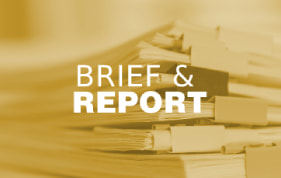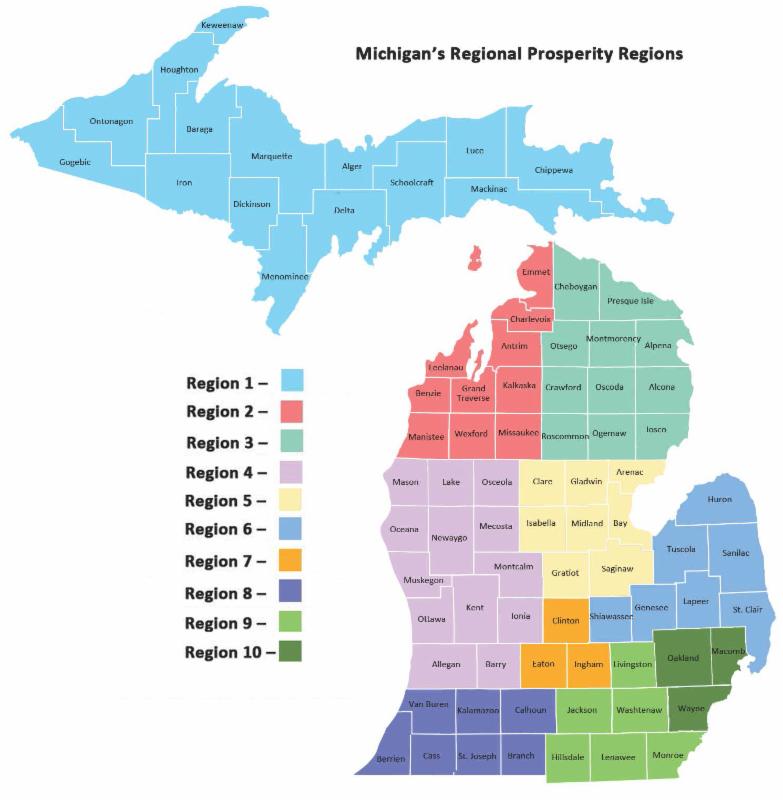The Baton Rouge Area Foundation (BRAF) tapped HMA to assess and recommend a comprehensive model of care for individuals in East Baton Rouge (EBR) Parish with behavioral health and substance use needs who, under the current system in place in EBR, may otherwise end up behind bars. HMA also took into account a model proposed by the Clinical Design Committee, which the BRAF convened.
The report, recently presented to BRAF, provides the following recommendations:
- Embrace a model of care that promotes a continuum-of-care strategy across the community and that focuses on targeted population health interventions—the provision of services that focus on outcomes for specific groups of people.
- Plan and implement a set of priority diversion processes and services, modeled after the diversion programs located in Bexar County, Texas, and tailored to meet the needs of the EBR community.
- Work toward a system of care that over time includes expansion of services anticipated to leverage the results of implementing the recommendations.
The report also lays out business plan and implementation components for the proposed crisis care and diversion center currently being called “the BRidge Center,” that are designed to address the challenges EBR is currently facing, with the goal of stopping the cycle of criminalization of people with behavioral health issues.
The report’s recommendations are based on an analysis of the current East Baton Rouge system of care that is available to support people with behavioral health issues, recommendations offered by over 35 EBR behavioral health and criminal justice leaders, and a review of national best practices and literature.

